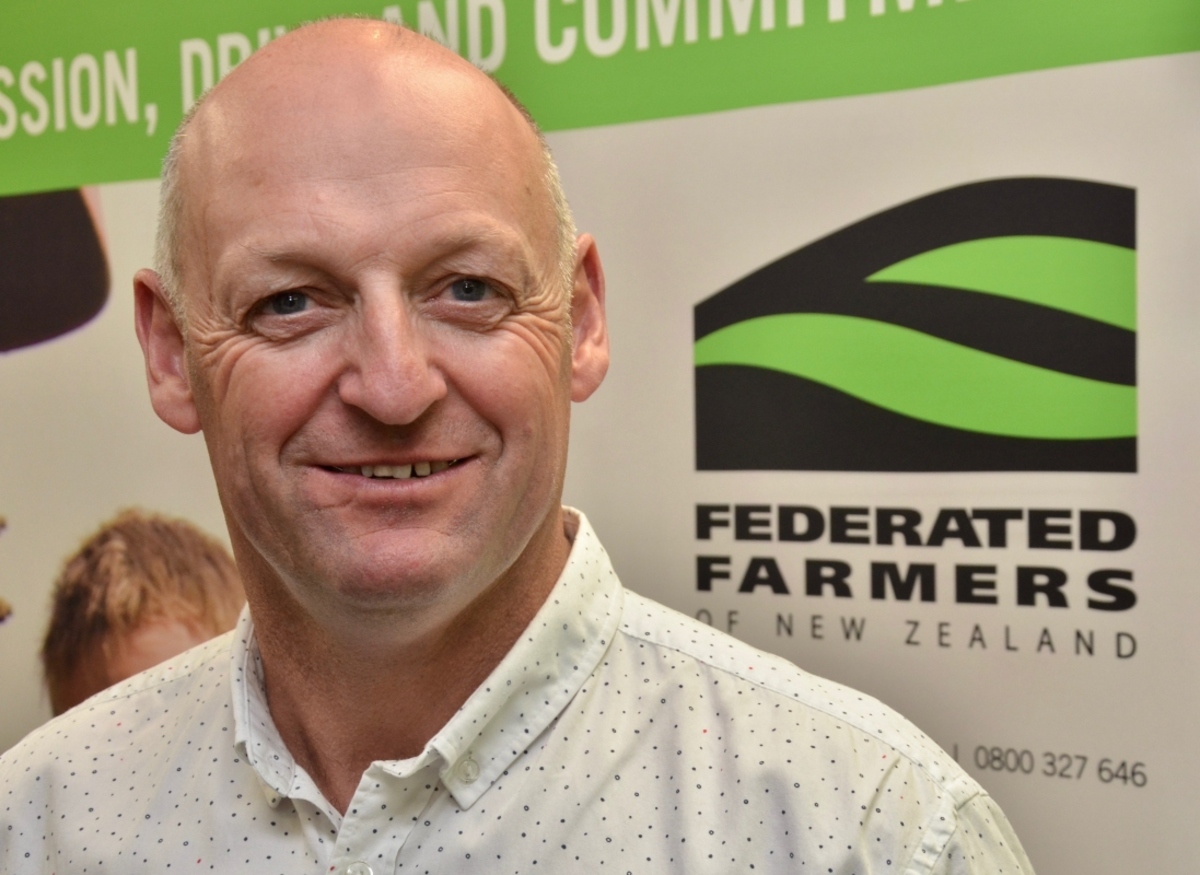Buyers keep up with bumper arable crops, but Southland growth slow
19 November 2020, 6:59 PM
 Federated Farmers arable spokesman Brian Leadley. PHOTO: Supplied
Federated Farmers arable spokesman Brian Leadley. PHOTO: SuppliedTotal grain production for the 2019/20 season is well up over one million tonnes, providing a source of comfort for Federated Farmers arable vice chairman grains, Brian Leadley.
"It’s great to see that willing growers are finding willing buyers," Mr Leadley said in a statement this week.
However, he noted that spring sowings in Southland had been delayed by wet conditions, while growers in other regions reported concern over low moisture levels.
Advertisement
Advertise on the Southland App
This underlined the case that re-sowing paddocks used for winter grazing by a blanket national deadline, despite regional climate variations, was a flawed approach, Mr Leadley said.
"The intent of the freshwater regulations - to stop nutrients from moving - is right, because plants hold the soil. But to try to do it by putting a timeframe on it, with no regard to good management practice allied to weather conditions, is detached from common sense."
Heavy sowing machinery used on paddocks that were too wet just compacted the soil, he said.
"You get a double hit. You get run-off from compact soil, and it also means that you might only get 40 to 50% germination of the plants. Fewer plants means less root mass to hold the soil," Mr Leadley said.
Advertisement
.Advertise on the Southland App
According to the just-released October Arable Industry Marketing Initiative (AIMI) report, cereal grain production (wheat, barley and oats) for the season totalled an estimated 881,800 tonnes, and maize grain 181,800 tonnes, for a total of 1,063,600 tonnes.
Unsold stocks of grain, across all six crops, were estimated to have reduced by 50% between 1 July and October 10.
Even when compared to the same time last year, unsold stocks across all six crops were pretty much unchanged, with an increase in the unsold stocks of milling and feed wheat (57,600 tonnes, up by 18,600 tonnes) offset by a decrease in unsold stocks of malting and feed barley (38,700 tonnes, down by 18,900 tonnes), Mr Leadley said.
"Obviously, we have plenty of end users recognising the benefits of quality NZ-grown grains, whether that’s for products for human consumption or for stock feed," he said.
The AIMI survey report said the total area sown, or intended to be sown, in cereal crops was estimated to be 95,500 hectares, down 3% on last year. At the date of the survey (10 October) 85% of this total area had been planted, with 15% left to sow.
Some Covid-related turbulence was still apparent in contracts for malting barley. The AIMI report found the percentage of hectares forward sold as at 10 October for malting barley was only 41%, compared to 97% at the same time last year.
"It’s known that the lockdown and subsequent restrictions hit the sale of kegged beer, thought bottled beer for drinking at home continued apace.
"I think it’s just that uncertainty factor," Mr Leadley said.
"There had been talk that China’s ban on Australia’s barley might lead to product landing on us from across the Tasman but it hasn’t happened. Our local industry is pretty committed to domestic grain."
Mr Leadley was confident the malting barley market and forward contracts would pick up again.
ACCOMMODATION
AG | TRADES & SUPPLIES


